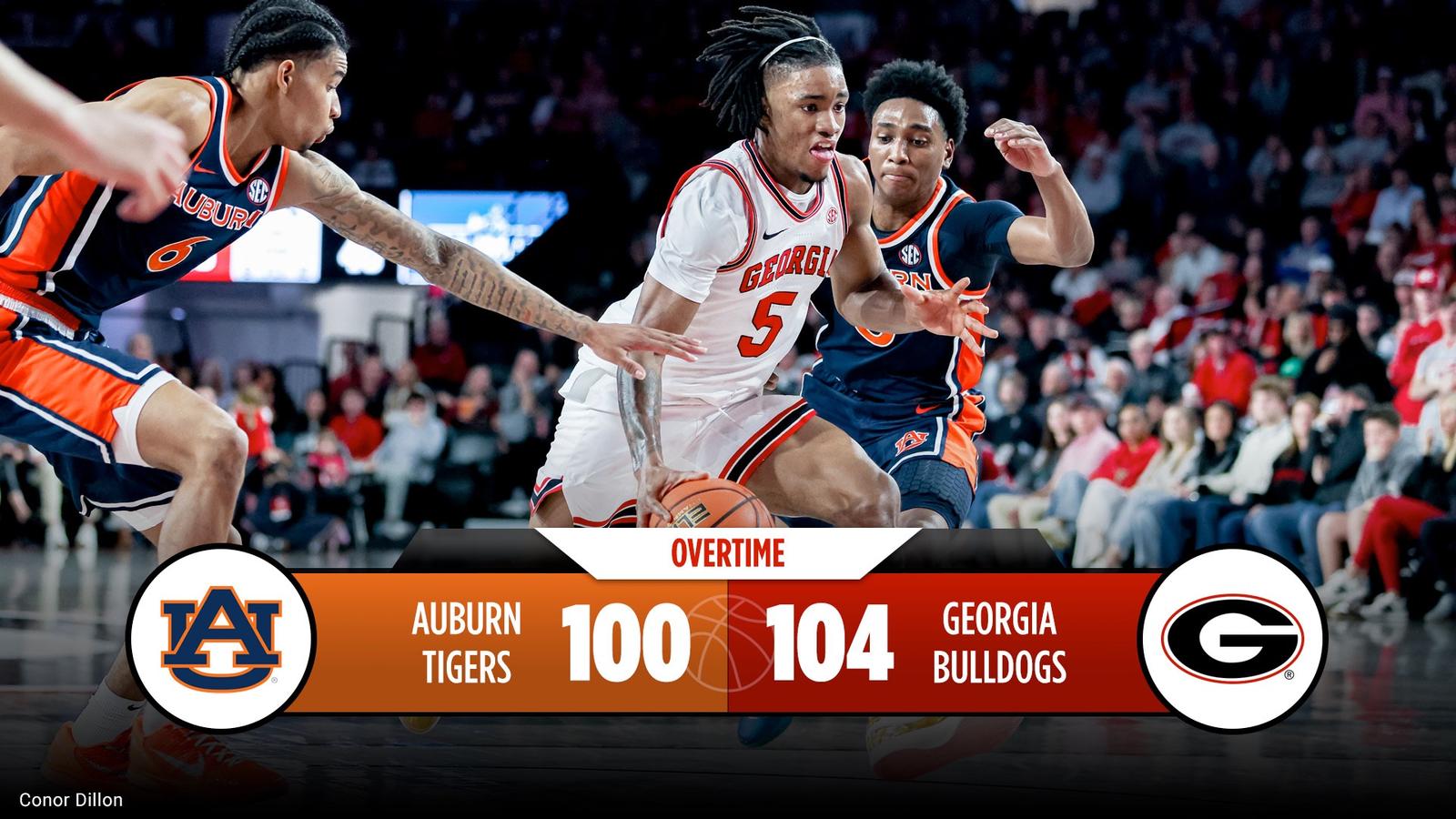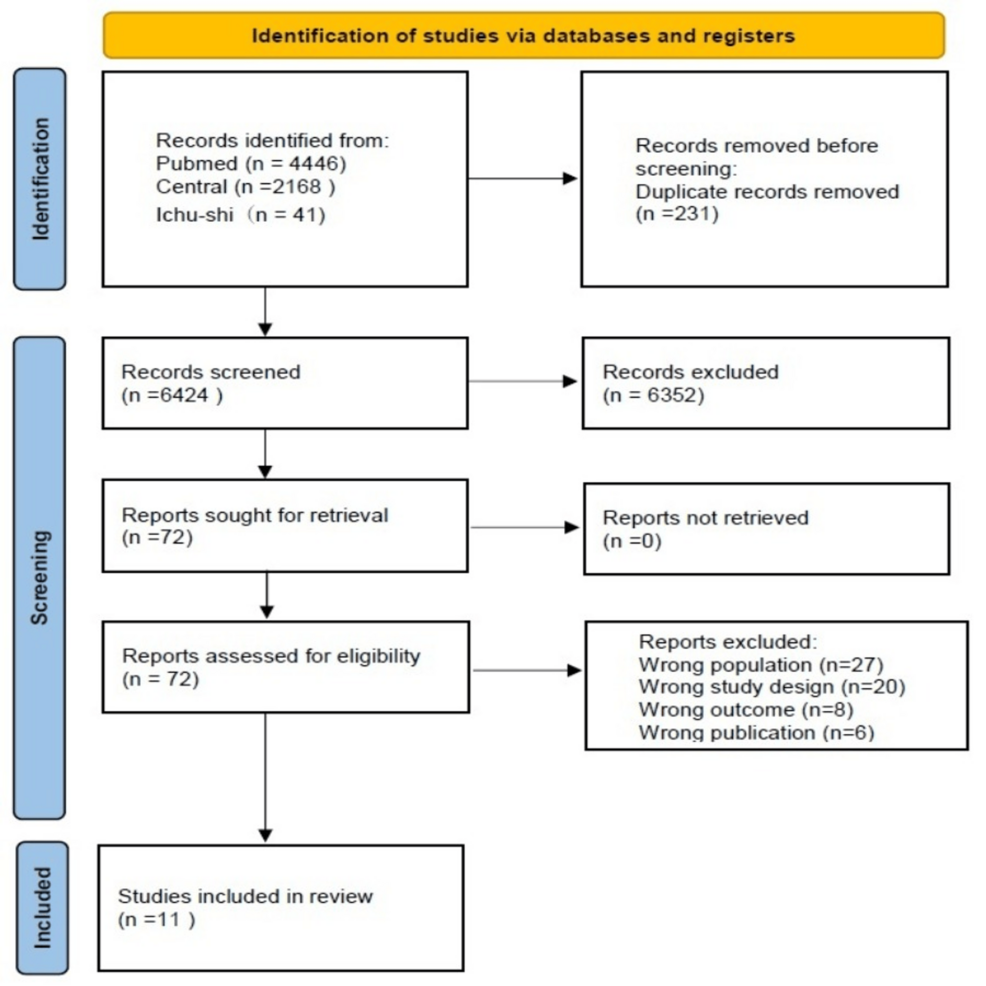FAST…
Blog
-

Bulldogs Top Auburn In OT Thriller To Open SEC play
ATHENS, Ga. — Jeremiah Wilkinson scored a season-high 31 points, including seven in overtime, to lead No. 23 Georgia (13-1) to a 104-100 victory over Auburn (9-5) in their SEC opener at Stegeman Coliseum on Saturday.
FAST… -

New year, smarter home: 7 AI-powered Kickstarter projects that actually solve problems
SALT LAKE CITY — The phrase “AI” is everywhere these days, but for most of us in Utah, the real value of tech isn’t in a chatbot — it’s in tools that help us manage a busy household, stay safe on the trails or finally organize the garage.
As…
Continue Reading
-

Sault movie lovers, come watch a screening of this Oscar-winning thriller
The Reel Film Forum is bringing The Silence of the Lambs to the Canadian Bushplane Heritage Centre’s Ranger Theatre on Jan. 17
NEWS RELEASE
THE REEL FILM FORUM
**********************
One of the most celebrated and unsettling films in…Continue Reading
-

MBB Falls in Conference Opener at TCU, 69-63
FORT WORTH, Texas – Baylor men’s basketball erased much of a second-half deficit but came up short in a 69-63 loss at TCU on Saturday afternoon at Schollmaier Arena to open its conference season.
Five of the last six meetings between Baylor…Continue Reading
-

The hidden timing system that shapes how you think
The human brain is always at work, handling information that arrives on very different timelines. Some signals demand instant reactions to changes in the environment, while others unfold more slowly as we interpret meaning, context, or intent.
A…
Continue Reading
-

#19/20 Vols Drop SEC Opener at #18 Arkansas, 86-75
FAYETTEVILLE, Ark. – The University of Tennessee men’s basketball team held a five-point second-half lead Saturday afternoon at No. 18 Arkansas in in first SEC action of the season, but finished on the short end of an 86-75 decision.Freshman…
Continue Reading
-

“U” Women Top Tampa, Men Split with Tampa and Notre Dame in 2026 Opening Tri-Dual
TAMPA, FLA. – The University of Minnesota swimming programs opened their 2026 schedule in the Sunshine State this afternoon with the women’s program picking up a 186-76 victory over the University of Tampa Spartans and the men’s program…
Continue Reading
-
A game of millimetres – IIHF
- A game of millimetres IIHF
- Why Team USA’s World Juniors Ended Earlier Than Hoped FloHockey
- Finland stuns 2-time defending champ US 4-3 in OT in world junior quarterfinals The Washington Post
- Finland parades to semis, ending Team USA’s reign
Continue Reading

